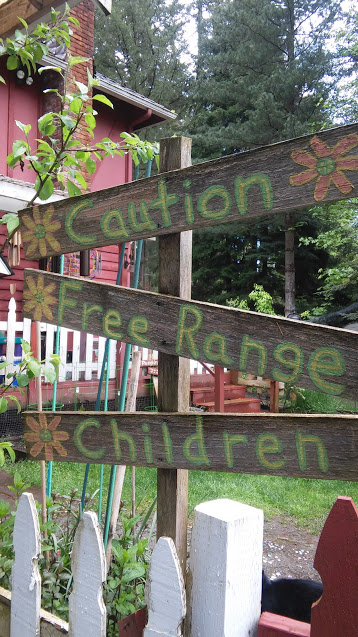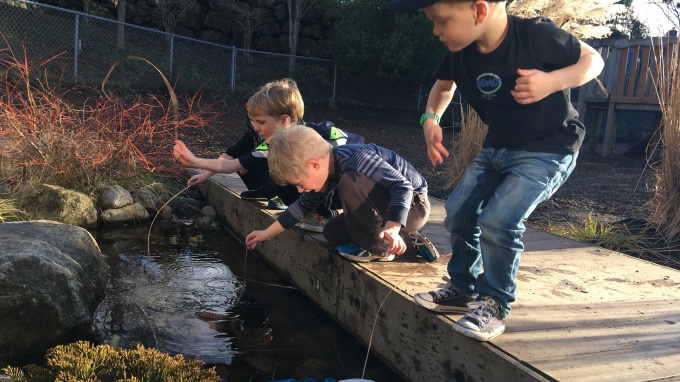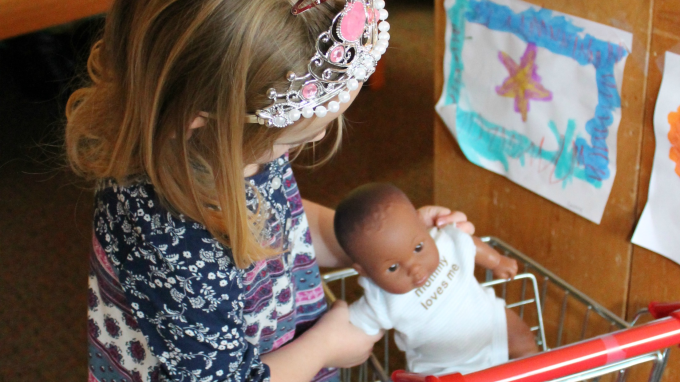Finding My Passion…
Looking back, I should have paid more attention to the career profile I filled out in High School. I laughed at the results that said I should work for the Forest Service; I wanted to be a teacher. Almost 30 years later, I have learned that the recommendation wasn’t too far off. It obviously took my love for nature and the environment into consideration.

My hobbies have always included cooking, baking and gardening. Being able to combine these with my profession has led me to finding my passion. Growing up I spent a lot of time with my grandma. As the only granddaughter, we could often be found in her garden or in her kitchen. She showed me my first ripe tomato, how to dig potatoes when they were ready, and how to whip it all up into a delicious creation. When baking we had a symbiotic relationship in the kitchen. She had a partner to help-an extra set of hands. I had a patient teacher to show me how simple it is.
Over the years my hobbies and career have crossed paths on occasion, but never fully integrated to one another. Running a community center in a small town, I was able to bake and cook snacks with and for the children in my care. I left education for 12 years and ran a small family restaurant where I was able to grow as many herbs and produce as space would allow, and supplemented with shopping at the Farmer’s Markets. Being able to eat fresh, local, home-cooked food on a regular basis was pure joy! Once I had my own children I realized the importance of teaching them the value in eating this way as well. I try to instill the 80/20 rule. If we can eat from scratch and know where our food is coming from 80% of the time, we can have brownies & milkshakes on occasion!
As I re-entered the field of education I knew this was something I wanted to incorporate into my teaching. Many of the ideas I now teach have roots in what my grandmother taught me all those years ago. Back then, it was just what you did. You grew your own food and supplemented with what you couldn’t grow. You cooked from scratch, because there wasn’t much canned or boxed food. You re-used things when you could, or found another use for them before throwing them away; it was just what you did. I have been fortunate to have learned these ideals from older generations, and to now be able to share that with my students.
In 2016, I crossed paths with a professor who had been teaching Edible Education on a farm in Eastern Washington. For the past two summers I have been privileged to participate in the Farm to School Workshops at Quillisascut School of the Domestic Arts in Rice, WA with like-minded educators. Focusing on place-based education, teachers from around the state meet, share and learn ways to incorporate these ideas into their classrooms. We learn about sustainability, basic gardening, biodiversity, small livestock farming, food safety, meal planning, food & cultures, local food systems, and integrating edible education across the genres.
This was easy to do here at the Children’s Center, as we were already focusing much of our learning on place-based education. With our natural landscaped playground, garden area that includes a worm bin and compost, and a community p-patch and food bank, there is a lot for the children to learn about their “place” here in Edmonds and at school. We also have been eating a family style meal, setting the table with real dishes, and teaching the children manners in passing and serving the food. Over the past few years I have worked with our staff to further develop some of the values of sustainable, edible education into our classrooms. After lunch, the students now scrape their plates into a compost bowl; sometimes taking it out to the worm bin. We use cloth napkins when sitting at the lunch table, and therefore have an attractive table at which to dine. We plant our garden every Spring and eat what we can out of it. Lacey, our cook has started shopping for local, fresh, organic foods when available, replacing canned or frozen foods. We also TALK a lot more about the food we are eating. A favorite is identifying which colors of the rainbow we have on our plates (fruits and veggies). This year, our menu is highlighting a seasonal fruit and vegetable that will be used in several snacks and lunches. Recipes for these items are attached so the learning can extend home as well. Another popular activity has been Tasty Tuesday where the children learn how to scoop, pour, measure and mix! Of course, the best part is tasting the final product. I have been impressed with how many of the children are willing to try something new! Part natural curiosity, part peer pressure.
I am hopeful that these tendencies spill over into their homes and families, and that digging a little deeper into their place here, will leave them with a greater understanding of their community and the world around them as they grow and develop.










